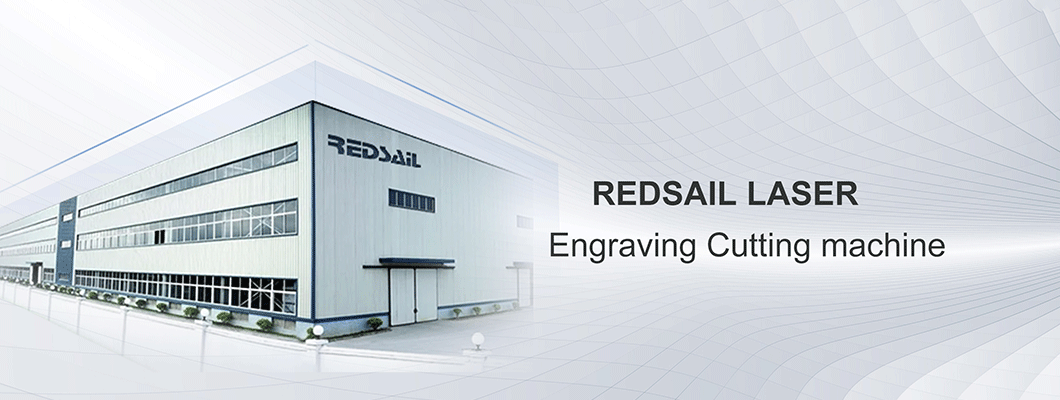
A laser cutting machine focuses the laser emitted from the laser into a high-power laser beam through an optical path system. The laser beam irradiates the surface of the workpiece, causing it to reach the melting or boiling point, while the high-pressure gas coaxial with the beam blows away the melted or vaporized metal.
The influence of different auxiliary gases on the quality of laser cutting machines
Firstly, let's understand the process of laser cutting: the laser generated by the oscillator passes through the lens and is concentrated at a point to form a very small spot. By precisely controlling the distance between the lens and the plate, the laser spot is ensured to be stable at a certain position in the material thickness direction. At this time, due to the convergence effect of the lens, a very high power density of laser energy is gathered at the spot, with a power density typically reaching 106-109W/cm2, After absorbing the energy of the light spot, the material instantly melts, and the cutting process is completed by using auxiliary gas to blow the melted liquid away from the material.
During the entire cutting process, the main function of auxiliary gas is to form a driving force to remove the molten metal liquid from the material itself. During this process, different types of gas have different effects on the material and cross-section:
01. When oxygen is used as an auxiliary gas
At the same time as blowing away the molten metal liquid, oxidation reaction will also occur to promote the endothermic melting of the metal, thereby achieving the melting of thicker materials. This process will significantly improve the laser processing ability. However, it is also due to the presence of oxygen that the material's cutting surface undergoes significant oxidation and quenching effects on the materials around the cutting surface, increasing the hardness of this part of the material and having a certain impact on subsequent processing.
02. When nitrogen is used as an auxiliary gas
A protective atmosphere will be formed around the molten metal liquid to prevent material oxidation, thereby ensuring the quality of the cutting surface. But at the same time, due to the lack of oxidation ability of nitrogen, which cannot enhance heat transfer, it will not help improve cutting ability like oxygen does. Additionally, due to the high consumption of nitrogen as an auxiliary gas, the cutting cost increases compared to using other gases.
03. Composition of air in gas
Nitrogen accounts for about 78%, while oxygen accounts for about 21%. When using air as an auxiliary gas for cutting, the presence of oxygen inevitably leads to oxidation reactions on the cutting surface. However, due to the presence of a large amount of nitrogen, the oxidation reaction brought by oxygen is not sufficient to enhance heat transfer, and the cutting ability will not be improved. Therefore, the air cutting effect can be understood as between nitrogen cutting and oxygen cutting, The advantage is that the cost of air cutting is very low, all costs are the electricity consumption caused by the air compressor to provide air, as well as the consumption of filter elements in the air pipeline.

Leave a Comment